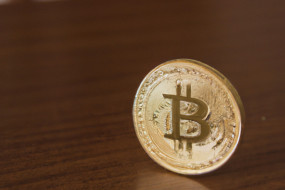
As the world becomes more digitized, the question of whether cryptocurrency or fiat currency will be the future of money remains a topic of debate. While cryptocurrency like Bitcoin has gained in popularity in recent years, many still rely on traditional fiat currency for their daily transactions. In this article, we explore the pros and cons of both options and what the future may hold for money.
Cryptocurrency vs. Fiat Currency: What's the Difference?
Cryptocurrency is a digital currency that uses encryption techniques to regulate the generation of units and verify the transfer of funds. It is decentralized and operates on a peer-to-peer network, meaning that it is not controlled by any government or financial institution. Fiat currency, on the other hand, is a physical or digital currency that is issued by a government or central authority and regulated by a financial institution.
Pros and Cons of Cryptocurrency
Pros:
- Decentralized
- Low transaction fees
- No government or financial institution control
- High security
- Good investment options
Cons:
- Volatility
- Limited acceptance
- High learning curve
- The potential for hacking and scams
- No physical form
- No consumer protections
Pros and Cons of Fiat Currency
Pros:
- Widely accepted
- Stable
- Safeguarded by governmental regulations
- Physical form
- Consumer protections
Cons:
- Subject to inflation
- High transaction fees for international transfers
- Risk of identity theft
- Susceptible to government corruption
The Potential Future of Money
While cryptocurrency is gaining popularity and acceptance, it is unlikely that it will become the sole form of money. Many countries and financial institutions are exploring ways to integrate cryptocurrency while still maintaining the stability and security of fiat currency. The future of money may involve a combination of both cryptocurrency and fiat currency, with each serving a specific purpose in the economy.
















